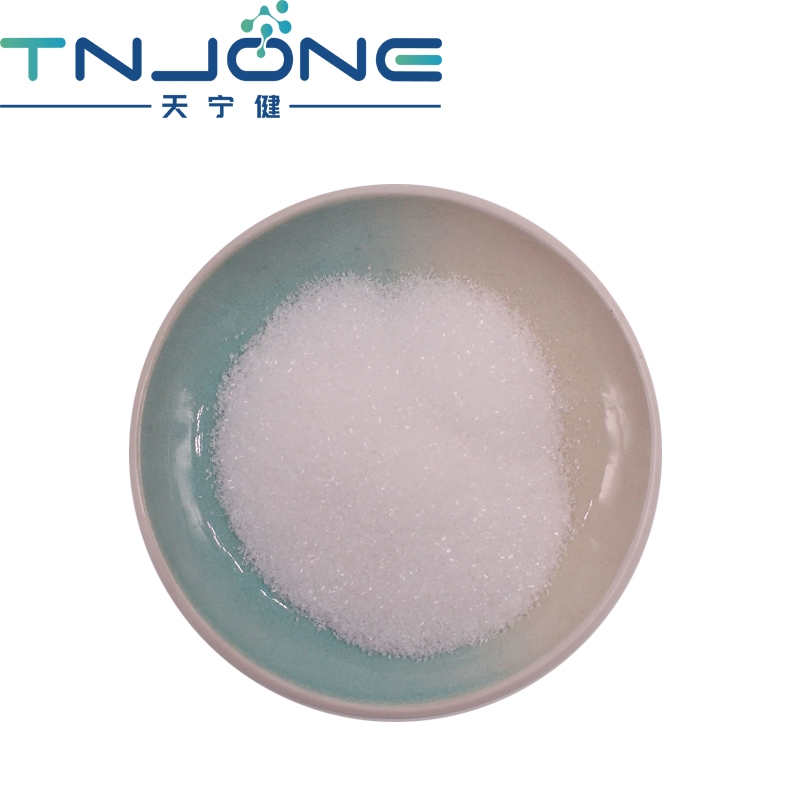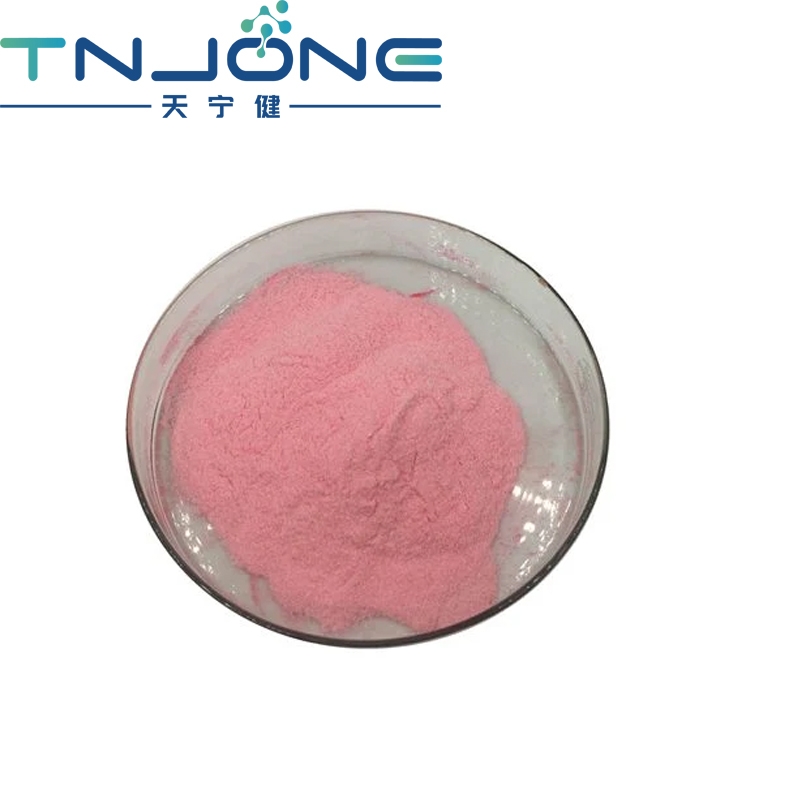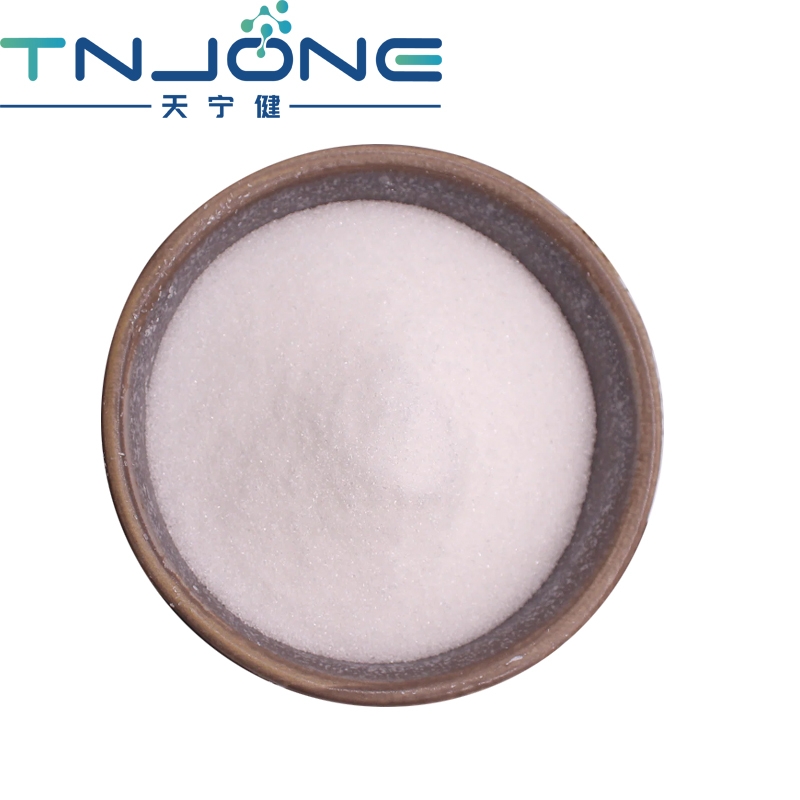-
Categories
-
Pharmaceutical Intermediates
-
Active Pharmaceutical Ingredients
-
Food Additives
- Industrial Coatings
- Agrochemicals
- Dyes and Pigments
- Surfactant
- Flavors and Fragrances
- Chemical Reagents
- Catalyst and Auxiliary
- Natural Products
- Inorganic Chemistry
-
Organic Chemistry
-
Biochemical Engineering
- Analytical Chemistry
-
Cosmetic Ingredient
- Water Treatment Chemical
-
Pharmaceutical Intermediates
Promotion
ECHEMI Mall
Wholesale
Weekly Price
Exhibition
News
-
Trade Service
Natural disasters and extreme weather continue to affect global food production, how can the future ensure that people around the world are fed? The emergence of plant factories has opened up a solution path worth looking forward to
.
Recently, Yang Qichang, researcher of the Institute of Urban Agriculture of the Chinese Academy of Agricultural Sciences and chief scientist of the intelligent plant factory, introduced the current situation and future of the plant factory, saying that as an advanced stage of facility agriculture, the plant factory can not only provide an effective supplement to protect the "vegetable basket" of residents, but also become an important starting point
for farmers to get rich and industrial revitalization.
A subversion of traditional farming methods
The so-called plant factory is to produce plants under completely factory conditions by simulating the light, temperature, nutrition and other elements required by plants
, without soil, pesticides, and natural environment.
Plant factories are considered to be a subversion of traditional farming methods and represent the future direction of agriculture
.
Plant factories need three core elements, Yang Qichang introduced, one is to replace sunlight with artificial light sources, and replace soil with nutrient solutions; Second, it needs a controllable temperature, humidity, carbon dioxide and other environments; Third, some intelligent equipment
is needed.
"With these three core elements, physical production
can be carried out under factory conditions.
"
How is a lettuce produced in a plant factory environment? Yang Qichang said that the seeds are first sown on a hole tray, and through two or three days of germination, the seeds become small sprouts, and then sent to the nursery workshop for seedlings
.
After 12-14 days, after the seedlings are raised, the seedlings are planted on the cultivation plate and sent to the cultivation workshop
.
After 20-22 days of cultivation, when the lettuce grows to 100-120 grams, it can be harvested, packaged, and finally sent to the market
.
Due to the high construction cost and operating cost, the crop varieties cultivated in the plant factory are mainly some dwarf crops with high added value, such as leafy vegetables, fruit vegetables, fruit trees, edible flowers, and medicinal plants
.
Some highly seasonal plants, such as strawberries and blueberries, can be produced
all year round in a plant factory environment.
"All in all, as an advanced stage of facility agriculture, plant factories can not only provide effective supplements to protect residents' 'vegetable baskets', but also become an important starting point
for farmers to get rich and industrial revitalization.
" Yang Qichang said
.
The production capacity is 40 times higher than that of open-field cultivation
Compared to open-field cultivation, the yield of plant factory area can reach more than
40 times that of open-field cultivation.
Yang Qichang explained that first, cultivating plants in the open field is like being in a bungalow, and the production of a plant factory is like being in
a building.
The open field is one layer, and the plant factory can reach more than 10 layers, so that the cultivation capacity can reach more than
10 times.
Second, the growth cycle of open-field plants is longer, for example, leafy vegetable crops take about 70 days, while in the environment of plant factories, it only takes 34 days, and the cycle is shortened by half
.
Third, there are only one or two seasons of open-field cultivation, and the plant factory can produce all year round, so the capacity of the plant factory has more than
doubled.
In addition, from the perspective of resource utilization efficiency, the utilization rate of water resources and fertilizer in plant factories is very high, and compared with open-field cultivation, water and fertilizer saving reach 90%
respectively.
"In the future, plant factories can be built in the Gobi, deserts, islands, saline-alkali land, skyscrapers and basements in cities, and some special places, such as plateau outposts, space stations in outer space, and even on the moon and Mars, which can produce plants
through plant factories.
" Yang Qichang said
.
"Nowadays, people are very concerned about the quality of agricultural products, and because the plant factory is produced in a very clean environment, the air and water are purified, and the plants are basically free of pests and heavy metal pollution, so the vegetables produced are safe, clean and pollution-free, and can even be eaten
directly without washing.
" Yang Qichang said, "Because we have taken some measures during the harvesting process in the plant factory, the shelf life of the vegetables produced can reach a week, and the taste of the vegetables is very good, with more moisture and a little sweet
.
" ”
Plant factories are very necessary
in the future.
Yang Qichang said that on the one hand, it can greatly increase the production capacity of food and solve some major problems
caused by the shortage of population, resources and agricultural labor in the future.
On the other hand, it can provide people with high-quality agricultural products and provide food supply solutions
in special places such as deserts, Gobi, extremely cold regions and exploration in outer space.
Customized "light recipes" for plants
Different plants need different light sources, and the needs of light sources at different stages of plant development are also different
.
Taking lettuce as an example, more blue light is needed in the seedling stage to make the seedlings robust, and more red light is needed in the later stage to accelerate plant growth
.
Scientists need to find "light recipes"
that are unique to plants according to their different preferences.
The appropriate "light formula" can not only greatly improve the yield and quality of plants, but also regulate plants, make vegetables more nutritious and delicious, make flowers more colorful, make fruits sweeter and more nutritious, and thus improve economic benefits
.
Although the development of plant factories in China started late, it has crossed the era of high-pressure sodium lamps and fluorescent lamps and directly entered the era of
LED lamps.
Yang Qichang introduced that LED lights have many advantages, such as that they emit monochromatic light, which is more efficient, and can be combined into the spectrum required by plants, and is relatively energy-saving
.
In the entire cost of the plant factory, 52% comes from electrical energy consumption, and 60% of electric energy consumption comes from light sources and 35% from air conditioning, so to solve the key technical bottleneck of plant factories, we must first solve the problem of energy consumption of light sources, that is, to find efficient light sources
.
"However, there is still a lot to explore
to use LED lights in plant factories.
First of all, it is necessary to determine which spectra need to be combined, which spectrum is required for a particular dish, and what is
the ratio of spectra.
Yang Qichang said that from the absorption curve of the plant spectrum, it can be seen that the main absorption peak of plants is in the blue light region of 400-500 nm and the red light region of 600-700 nm, and the two optimal peaks are 450 nm and 660 nm
respectively.
With this basis, we developed LED light sources
.
After countless experiments, a theoretical system was finally established, that is, the concept of
'light formula'.
”
In addition to customizing exclusive "light recipes" for different plants, the direction of illumination of light sources, the effects of far-red light, ultraviolet light, etc.
on plant growth also need to be carefully studied
.
There is a saying in the industry called "good times create yield, adversity creates quality", that is, in a good environment, plants will grow faster and yield higher, and adversity can improve the quality
of plants.
"For example, near-ultraviolet light has some damage to crops, but after we used a little near-ultraviolet light to irradiate plants, the quality of plants has been greatly improved
.
" Yang Qichang said
.
Reduce system energy consumption to achieve low-carbon development
At present, the total number of plant factories in China has exceeded 220, becoming a large country
with the number of plant factories second only to Japan.
Yang Qichang pointed out that although plant factories have many advantages and a wide range of social needs, they still face some challenges
.
Among them, the large energy consumption of the system leads to high operating costs, which is a bottleneck
that needs to be broken through in the development of plant factories.
In the future, greatly reducing the energy consumption of artificial light sources and air conditioning systems, realizing intelligent management and control of plant factories, and building an intelligent, low-carbon and efficient plant factory production technology system are the keys to the
rapid popularization and promotion of plant factories.
"At present, through our unremitting efforts, the comprehensive energy consumption has been reduced from 31-42 kWh per kilogram of vegetables to 8.
25 kWh
.
Now the international general level is more than 10 kWh of electricity per kilogram of vegetables
.
Theoretically, we can continue to reduce energy consumption, reaching 4-5 kWh per kilogram of vegetables, which is our future goal
.
"In addition, we are trying to use lasers to change the laser from a line to a surface and then diffuse
.
" The energy consumption of laser is only 1/3-1/5 of LED, so laser is considered to be a source
with great potential in the future.
”
The breakthrough of plant factory technology has also provided opportunities
for many industries.
For example, at present, China's plant light source industry accounts for 890
% of the world's total share.
"Last year, we exported about $450 million in light source lamps, and the market will be even bigger
in the future.
" Yang Qichang said
.
Plant factories will also play a role
in urban development.
For example, building a 30-story vertical plant factory in Beijing will produce about 10,800 tons of vegetables a year, which can supply 40,000 residents around for one year
.
"It's
very impressive.
" Yang Qichang said that on the one hand, the transportation of vegetables is greatly compressed, and there is no need to go to Shouguang and other vegetable production and distribution centers in Shandong to go for long-distance transportation, and residents can buy fresh vegetables
nearby.
On the other hand, some elderly people who have recently retired and have the ability to work in cities can come to vertical factories to participate in labor, not only to exercise but also to have a certain income
.
"In short, plant factories are changing people's lives, it can ensure the country's food security, enrich the lives of urban residents, and develop new industries
.
" It can be said that the future prospects of plant factories are very broad
.
Yang Qichang said
.
(Edited by Li Chuang)







